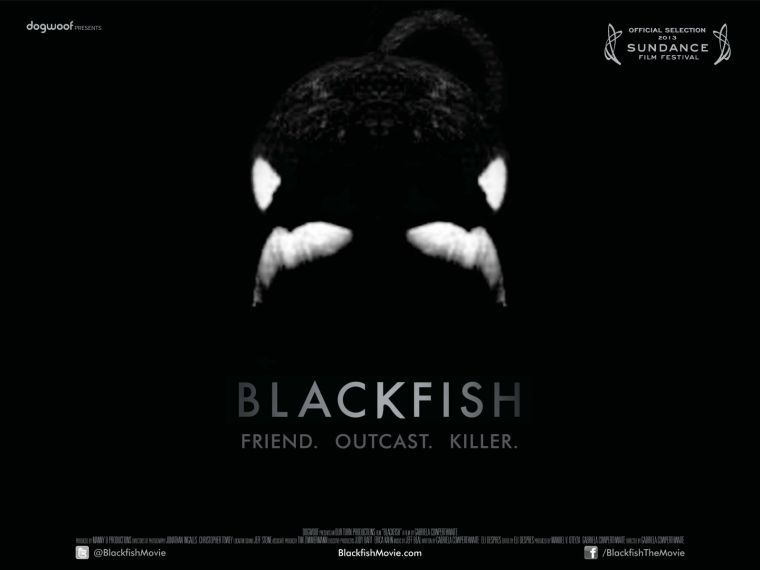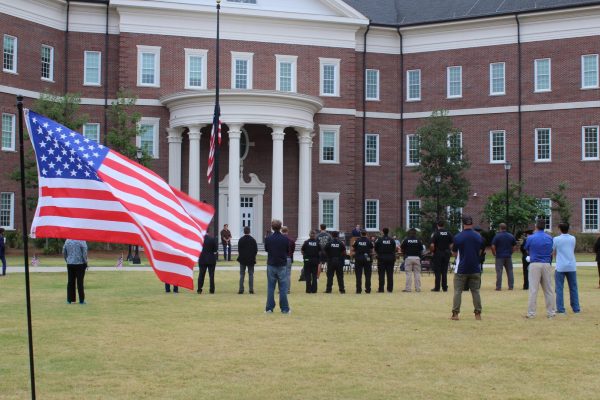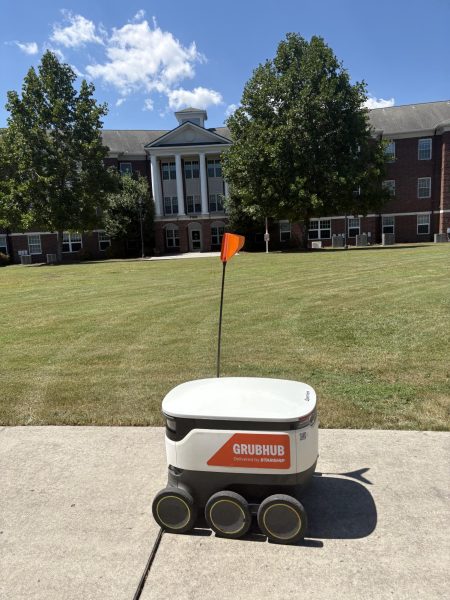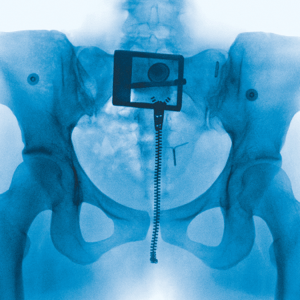Dark side of Seaworld exposed in new documentary
Director Gabriela Cowperthwaite’s 2013 documentary “Blackfish” raises questions about the morality of SeaWorld, the amusement park that keeps orcas in captivity for entertainment.
The film focuses on a 12,000 pound male orca, named Tilikum, that was involved in the deaths of three humans. The film features an array of whale experts and former SeaWorld employees, but Cowperthwaite told Sundance that the interview with boat crewmember John Crowe had the most impact on her.
“The worst thing that I’ve ever done is hunt that whale,” Crowe said in the film about capturing Tilikum in the wild. “Just like kidnapping a little kid away from his mother.”
In 1970, the SeaWorld crew used speed boats, aircrafts and bombs to heard orcas in Puget Sound (close to Seattle) into nets to select young whales for the park’s shows. Crowe was part of the crew that caught Tilikum that day. When they had the young whales they needed, the crew dropped the nets, but the mother whales stayed and called to their young. Crowe was so upset by the sound of Tilikum’s mother that he began to cry as he worked.
When the crew was finished that day, there were three dead whales caught in the nets. The crew was directed to cut the whales open, fill them with rocks and tie anchors to them, which is when Crowe realized what they were doing was illegal. By 1976, SeaWorld was banned from the state of Washington, and the company began catching their whales in Iceland.
“I think in 50 years we’d look back and go, ‘My God, what a barbaric time,’” commented one of the former SeaWorld trainers.
Neuroscientist Lori Marino explained in the film that orcas have a part of the brain to process emotions that humans do not, suggesting that orcas have “highly elaborated” emotional lives. Some scientists expressed their belief that their sense of self is distributed among the individual whales in their group.
When a baby orca, born in captivity, was taken from her mother to another facility, the mother spent days shaking in the corner of her tank and making noises that no one had heard a whale make before. Research scientists discovered she was producing long range vocals because she was trying to look for her baby.
When removed from their families and placed in small tanks, whales become stressed and aggressive. Executive Director/Principal Investigator at the Center for Whale Research Ken Balcomb said the small, dark, metal container Tilikum was originally kept in with other whales probably induced psychosis. These conditions have led to over 70 trainer injuries and deaths since the beginning of the industry.
Eyewitnesses identified Tilikum as responsible for the death of a trainer at Sealand, located in Victoria, British Columbia, in February 1991. The death resulted in the park closing. Newspapers called the death an accidental drowning, and a year later, Tilikum was sent to SeaWorld in Orlando, Fla.
One morning in July 1999, a dead, naked man was found on Tilikum’s back. SeaWorld and the media insisted the man had snuck into the park and drowned from hypothermia.
“The medical examiner reports were more graphic,” said Jeffrey Ventre, a former SeaWorld employee interviewed in the film. “Tilikum stripped him, bit off his genitals, and there were bite marks all over his body.”
Former SeaWorld trainers seemed most shocked by the death of Tilikum’s third victim, Dawn Brancheau, who was known as a “safety guru.”
“She had so much experience that it made me realize what happened to her really could happen to anyone,” one former trainer said.
Witnesses stated Tilikum pulled Brancheau into the water by her arm, but SeaWorld continues to blame Branchaeu for the incident. SeaWorld backs their original statement that Tilikum pulled her in by her pony tail.
There is no record of an orca doing harm to a human in the wild, but neuroscientist Lori Marino said all orcas are “ticking time bombs” in captivity.
The Occupational Safety and Health Administration (OSHA) sued SeaWorld for placing its trainers in danger. A 2012 ruling stated trainers must stay behind barriers during shows. SeaWorld later lost an appeal against the ruling.
SeaWorld denied interviews for Cowperthwaite’s documentary and continues to decline interviews, but has sent out several press releases. They called the documentary propaganda that ignores the organization’s commitment to safety and their contributions to conservation and research. SeaWorld continues to appeal the original OSHA ruling.











